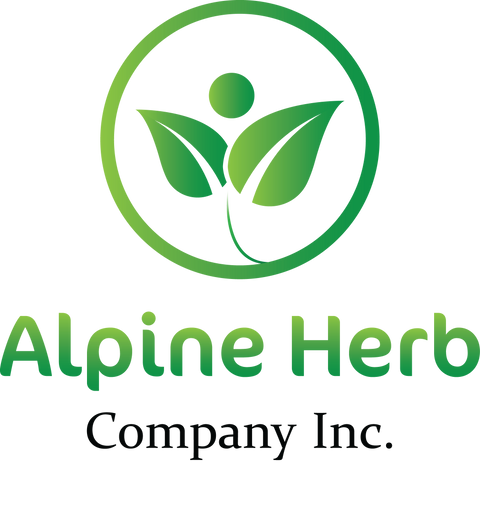Botanical Name: Trifolium pratense
Common Name:
- English: Red clover
- Unani: Ispast, Berseem, Clover
- Also, known as: Aasristik, Aka Kurooba, Aka Tsumekusa, Akerklee, Basim Ahmar, Beebread, Broad-Leaved Clover, Cow Clover, Creeping Clover, Cleaver Grass, Cow Grass, Hong San Ye Cao, Hong Hua San Ye Cao, Hong Che Zhou Cao, Klever Krasnyi, Klever Lugovoi, Moscino, Meadow Clover, Peavine Clover, Puna-Apila, Purple Clover, Red Clover, Red-Klover, Redo Kurooba, Ribah, Rode Klaver, Rodklover, Rodklover, Rot-Od-Kopklee, Rothe Kleeblumen, Rother Klee, Rother Wiesen-Klee, Rotklee, Rod-Klee, Triolet, Trebol, Trebol Common, Trebol Rojo, Trebol Violeta, Trefle Common, Trefle Des Pres, Trefle Rouge, Trefle Violet, Trefoil, Trevor, Trevo-Dos-Prados, Trevovioleto, Trifoglio Pratense, Trifoglio Violetto, Wild Red Clover, Wiesen-Klee, Wiesenklee, and Trepatra (Punjab).
Origin: Albania/Ukraine
Harvested: Wild
Parts Used: Above the ground parts
General Information:
Trifolium pratense is an herbaceous perennial plant is 0.5-2 feet tall, branching occasionally and a member of the Fabaceae family also known as the legume, pea, or bean family. Its name is derived from Latin: “tres” for three and “folium” for leaf and “pratense” for growing in meadows. Like other pea flowers, Red Clover fixes nitrogen into the soil which other plants can then absorb.
A low-growing, common, perennial herb with ascending slender hairy stems bearing trifoliate leaves with broad, bristle-pointed stipules, the leaflets varying from ovate to obovate in outline, frequently notched at the apex and showing a pale spot on their upper surface. The small butterfly-shaped flowers are borne in ovoid heads with long or short peduncles; their color varies from magenta to whitish. Each flowerhead is about 1" across and consists of numerous flowers. These flowers are sessile, tubular-shaped, and spread outward in different directions. Each flower has 5 narrow petals that are pink or purplish pink, becoming light pink or white toward the base of the flowerhead; a rare form of this species with white petals also exists. The upper petal is slightly longer than the lower petals. The light green calyx of each flower has 5 slender teeth and it is usually hairy. The small oblong-ovoid fruit pod is retained within the withering flower and opens to shed the seeds.
Red clover is one of the world’s most important fodder crops and, along with timothy-grass, is the most important species for seeded home lawns. Red clover has been widely used in folk medicine for conditions ranging from athlete’s foot to constipation. Red clover contains isoflavones and an herbal product sold in tablet form is taken by women during and after the menopause. Young plants that have not yet flowered can be added to salads, soups and stews, although it should be used sparingly as its strong flavor can be an acquired taste. Red clover often grows on roadsides, but plants should not be picked from there for the dinner table because they contain harmful substances such as cadmium and asphalt dust.
How to use:
Powdered Herb:
There are different ways to use the powdered herb.
Food Preparation: You can add powdered herbs to any superfood, herbal smoothie, sauces, spreads and even cookies. Also, for children, you can mix powdered herbs with honey or glycerin to make a paste. The thicker the paste, the more potent and herbal in taste. The sweet taste of honey and glycerin will help the medicine go down. This method is also known as "Electuaries".
Capsules: Encapsulating your own powdered herb at home, give you an assurance that the contents of the capsules are pure herb and no filler or any other products. These capsules can be taken with liquid.
Poultice: Poultice can be made with an herbal powder and liquid (mostly water) to form a paste which is then applied to the skin. This method is very helpful for skin conditions.
Herbal shot: Powdered herb can be mixed with water, fruit juice or other liquid to make the herbal shot.
Precautions:
You should consult with a qualified healthcare practitioner before using any herbal products, particularly if you are pregnant, nursing, or on any medications.
All information on this website is for educational purposes ONLY.
This information has not been evaluated by Health Canada.
This information is not intended to diagnose, treat, cure, or prevent any disease.


